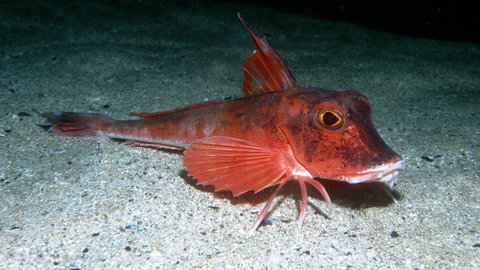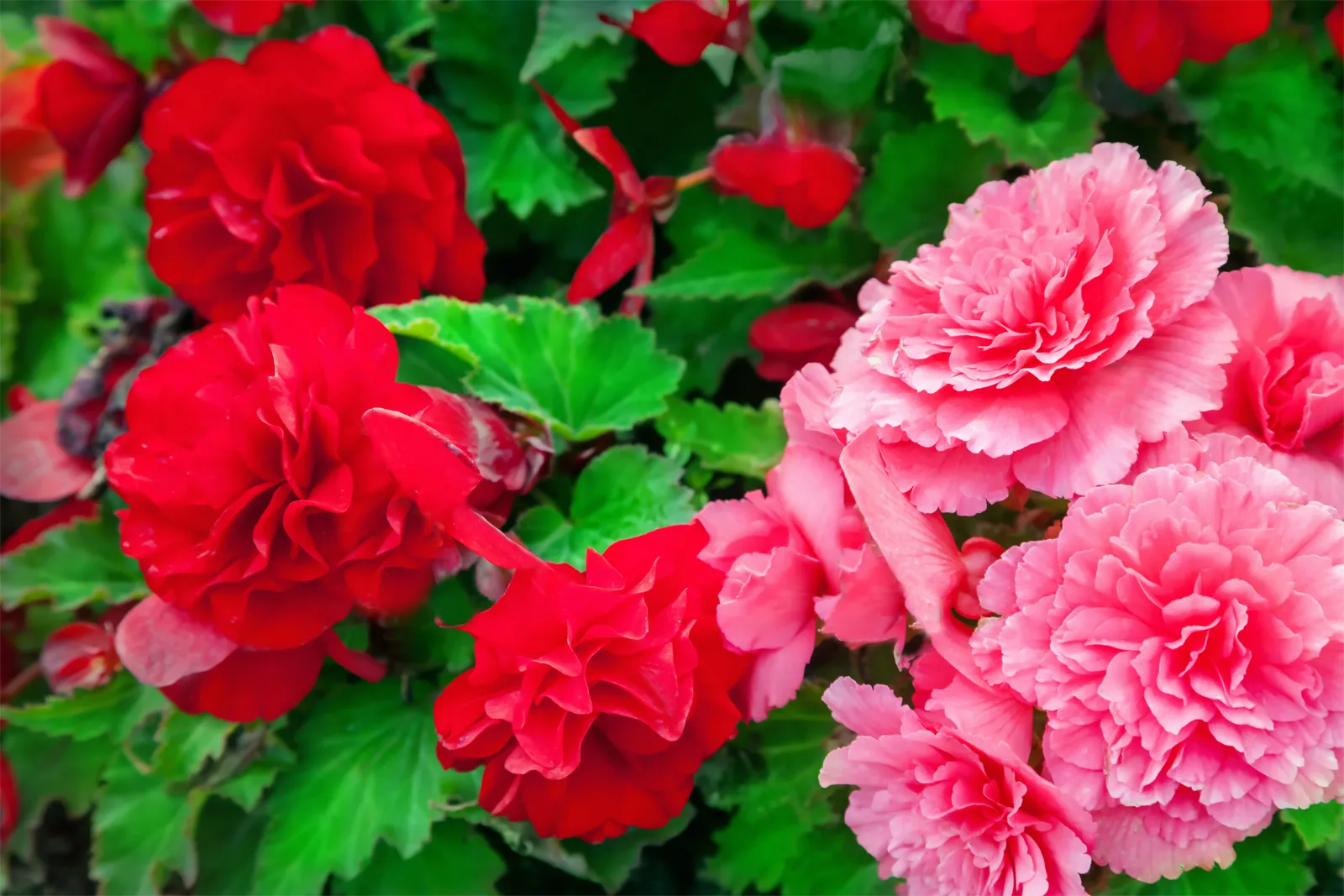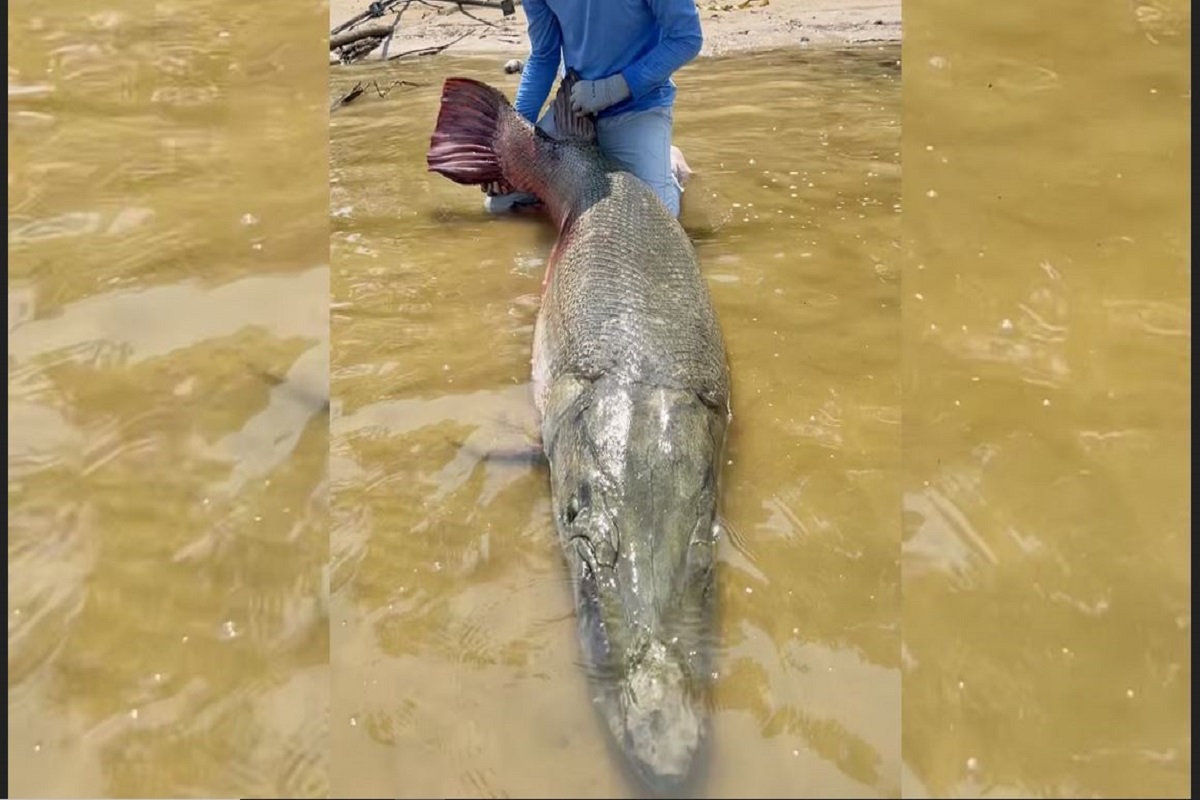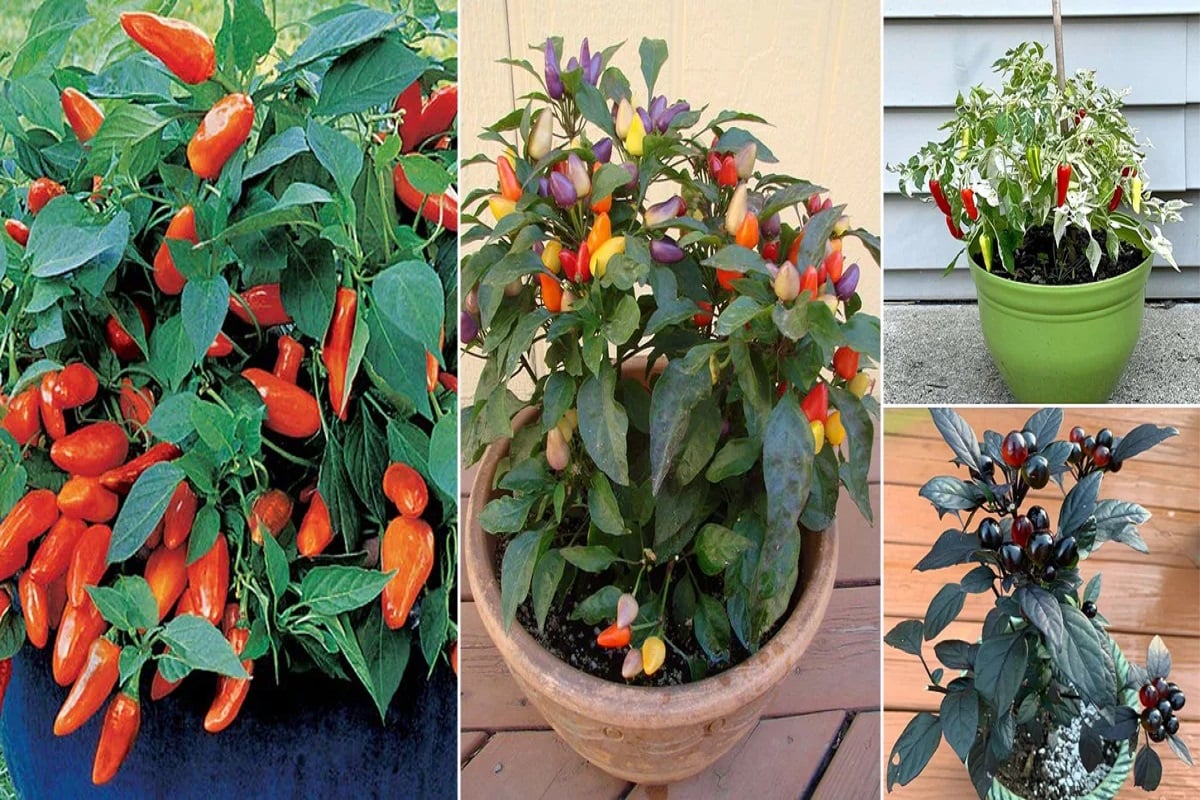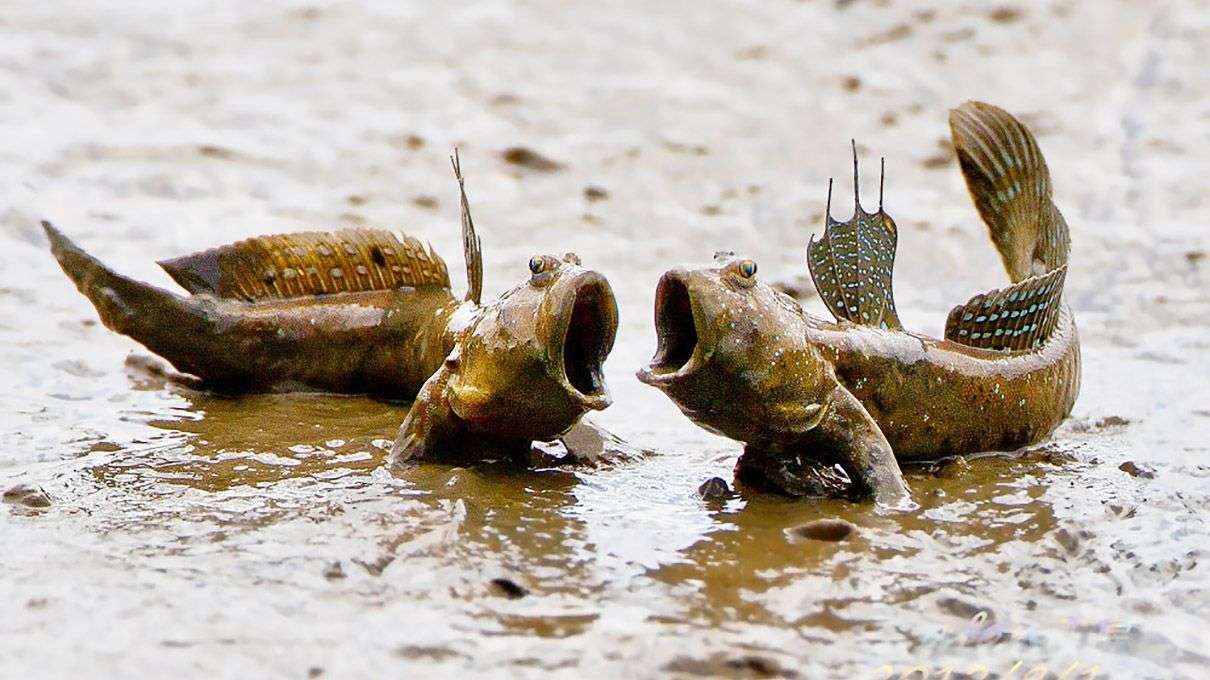The world is home to a rich variety of snake species, totaling around 3,700 in number. Among these, some snakes stand out for their unique and captivating features. In this article, we will explore ten of these beautiful and distinct snake species.
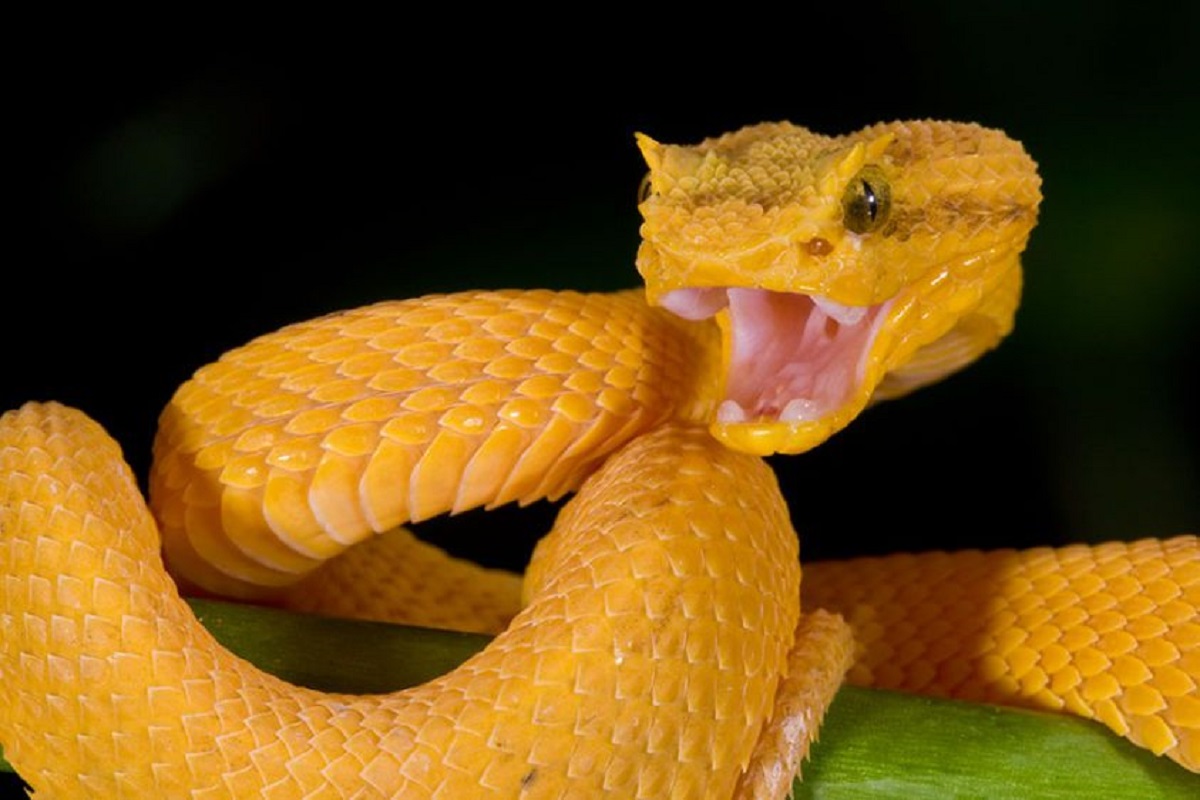
Sri Lankan Pit Viper
This snake inhabits swamps and lush green areas. Its body displays a striking combination of green and black colors. The snake’s distinguishing characteristic is its triangular head, and it excels at blending into its environment.
Asian Vine Snake
With its green body color, this snake effortlessly camouflages itself in natural surroundings. Found in Southeast Asian countries, it can be spotted in forests, urban gardens, and wetlands. Unfortunately, the Asian vine snake population is dwindling.
San Francisco Garter Snake
This snake can reach lengths of up to 4.5 feet and is native to California. Its body boasts vibrant shades of blue, green, black, red, and orange. Despite its beauty, this venomous snake poses a threat to humans.
Boelen’s Python
Mainly found in New Guinea, this non-venomous snake has commanded high prices due to its complex reproductive process, making it a sought-after species among collectors.
Brazilian Rainbow Boa
Indigenous to Central and South America, this non-venomous snake is renowned for its iridescent beauty. It can grow up to six feet in length.
Green Tree Python
Inhabiting regions such as Indonesia, Australia, and New Guinea, this snake predominantly exhibits a dark green color. However, it faces allegations of illegal hunting and commercial exploitation.

Blood Python
Reaching lengths of up to six feet, this snake is recognized for its bright red or orange color variations. It often displays aggressive behavior and holds significant commercial value.
Emerald Tree Boa
Found in the rainforests of South America, the Emerald Tree Boa stands out for its striking green coloration. It employs a unique hunting method and is known for its vibrant appearance.
Woma Python
Native to Australia, this python species features a unique and diverse range of colors and patterns. Unfortunately, habitat loss has pushed this snake to the brink of extinction, and efforts are being made to preserve it in Australian zoos.

Emerald Green Pit Viper
This venomous snake inhabits Southeast Asia and is celebrated for its stunning and vivid green color. Its heat-sensing sensors on the head aid in locating prey. While its venom is potent for hunting, it can also be deadly.
Eyelash Viper
Belonging to the Viperidae family, this venomous pit viper is commonly found in Central and South America. What sets it apart is its remarkable diversity of colors. Despite its small size, it has heat-sensitive organs on both sides of its head. Its distinctive feature is the special organs above its eyes, which it uses for concealment in trees and leaves. Eyelash vipers can be red, yellow, brown, green, and even pink in color.
These ten snakes showcase the incredible diversity and beauty found in the world of serpents. While they vary in appearance and characteristics, each one adds to the fascination of our natural world.



